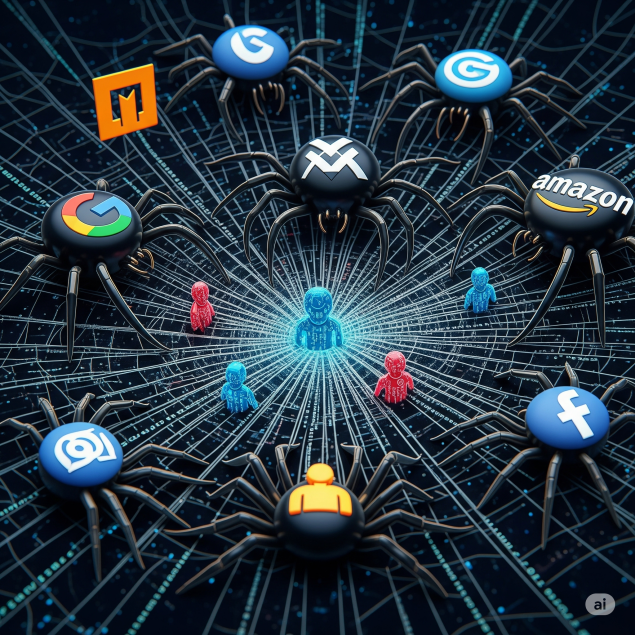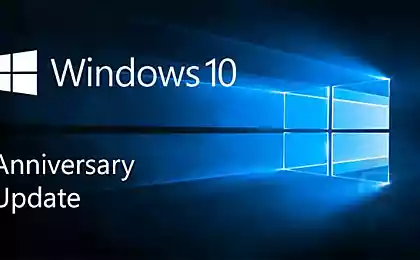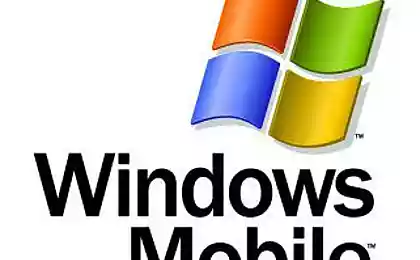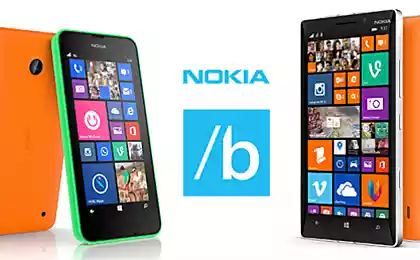283
Digital shackles: What User Agreements Hide

Every day, we press “Agree” thousands of times without thinking about the consequences. Behind these innocent cliques lies one of the biggest scams of our time.
The Great Deception of the Digital Age
Imagine buying a car and the seller handing you a 500-page contract in fine print, saying, “Just sign here.” Absurd? But that’s what happens every time we install an app or sign up for a new service.
A study by Carnegie Mellon University found a shocking statistic: The average user would experience 244 hours of reading per year if they actually read all user conventions. That’s more than a month of working time spent on legal documents.
The average TikTok user agreement contains 15,000 words, which is more than Gogol’s story “The Overcoat.”
The Anatomy of Digital Slavery
User agreements have become a tool of mass control. Take Instagram – behind beautiful photos hides the collection of data about your habits, location, contacts and even biometric data. Facebook doesn’t just know what you’re posting – it analyzes the time you spend looking at each photo.

Hidden data collection mechanisms
Google collects information about your location even when geolocation is disabled. The company uses data from WiFi networks, Bluetooth devices and even battery levels to determine your exact location. This information is sold to advertisers for billions of dollars.
TikTok, owned by the Chinese company ByteDance, gets access to keyboard data of users. This means that the app can theoretically read everything you type on your device – passwords, messages, bank details.
Windows: A spy in your home
Windows 10 and 11 collect telemetry data about each click you make, the program you run, and even how long you’ve been using certain apps. Microsoft claims it helps “improve the user experience,” but actually creates a detailed profile of your digital behavior.
Attention! YouTube can use your voice commands to create an audio profile, even if you’re not using voice search. The microphone may be activated without your knowledge.
The real cost of “free” services
Nothing is free. If you don’t pay for the product, the product is you. Your data is worth more in the digital market than you think. The average Facebook user profile is valued by advertisers at $130 a year.
The story of Shoshana Zuboff, a professor at Harvard Business School, demonstrates the scale of the problem. She found that Google doesn’t just show ads — the company influences user behavior by subtly directing their decisions through search algorithms and recommendations.

Psychological impact
Social media algorithms are specifically designed to create dependency. The system of “likes” and notifications activates the pleasure centers in the brain, forcing you to constantly return to the application. This is not a side effect; it is a deliberate strategy to monetize attention.
The average smartphone user checks their device 96 times a day — that’s every 10 minutes of waking time.
Legal loopholes and circumventions
Companies use complex legal terminology for good reason. The terms “improvement of user experience,” “personalization of content,” and “technical necessity” obscure the real purpose of data collection. The phrase “we may transfer data to third parties” means that your information will be sold to anyone.
Wording about changing the terms of the agreement is especially dangerous. Companies regularly update their policies, automatically accepting user consent to the new terms. So Facebook got the rights to use photos of users for advertising purposes.
Practical recommendations for protection
Use a VPN. This will make it difficult to track your activity and location.
Turn off geolocation. Applications that do not need it for basic functionality
Clear cookies regularly and use incognito mode to search
Check your privacy settings Every 3 months – Companies often change them after updates
Use alternative services DuckDuckGo instead of Google, Signal instead of WhatsApp
Read the summary Terms of Service; Didn't Read
The Future of Digital Rights
The European GDPR is the first major step in protecting the rights of users. It requires companies to clearly explain what data is being collected and what is being used for. However, most companies have found ways to circumvent these requirements.
The California Consumer Data Protection Act (CCPA) gives users the right to know what data is being collected and request its deletion. That pressure from regulators is forcing companies to be more transparent.
New protection technologies
There are browsers with built-in tracking lock (Brave, Firefox Focus), search engines without data collection (DuckDuckGo, Startpage) and messengers with end-to-end encryption (Signal, Element). These tools help preserve privacy in the digital world.
Conclusion: time to act
We live in an era where our data has become a currency and privacy a luxury. User agreements have become a tool for legalizing mass surveillance. But knowledge is power. By understanding the mechanisms of digital exploitation, we can protect ourselves and our loved ones.
The future of digital rights depends on our actions. Every privacy choice, every demand for transparency from companies brings us closer to a more equitable digital world. It’s time to stop being passive consumers and become active advocates.
Glossary
Telemetry – Automatic collection and transmission of data about the operation of a program or device
Biometric data – unique physical characteristics of a person (fingerprints, voice, face)
Cookies – small files that websites store on your device to track activity
End-to-end encryption is a data protection method in which information is encrypted on the sender’s device and decrypted only by the recipient.
GDPR – General Data Protection Regulation, European Data Protection Act
Trackers are scripts on websites that track user behavior
A VPN is a virtual private network that hides your IP address and encrypts Internet traffic.























